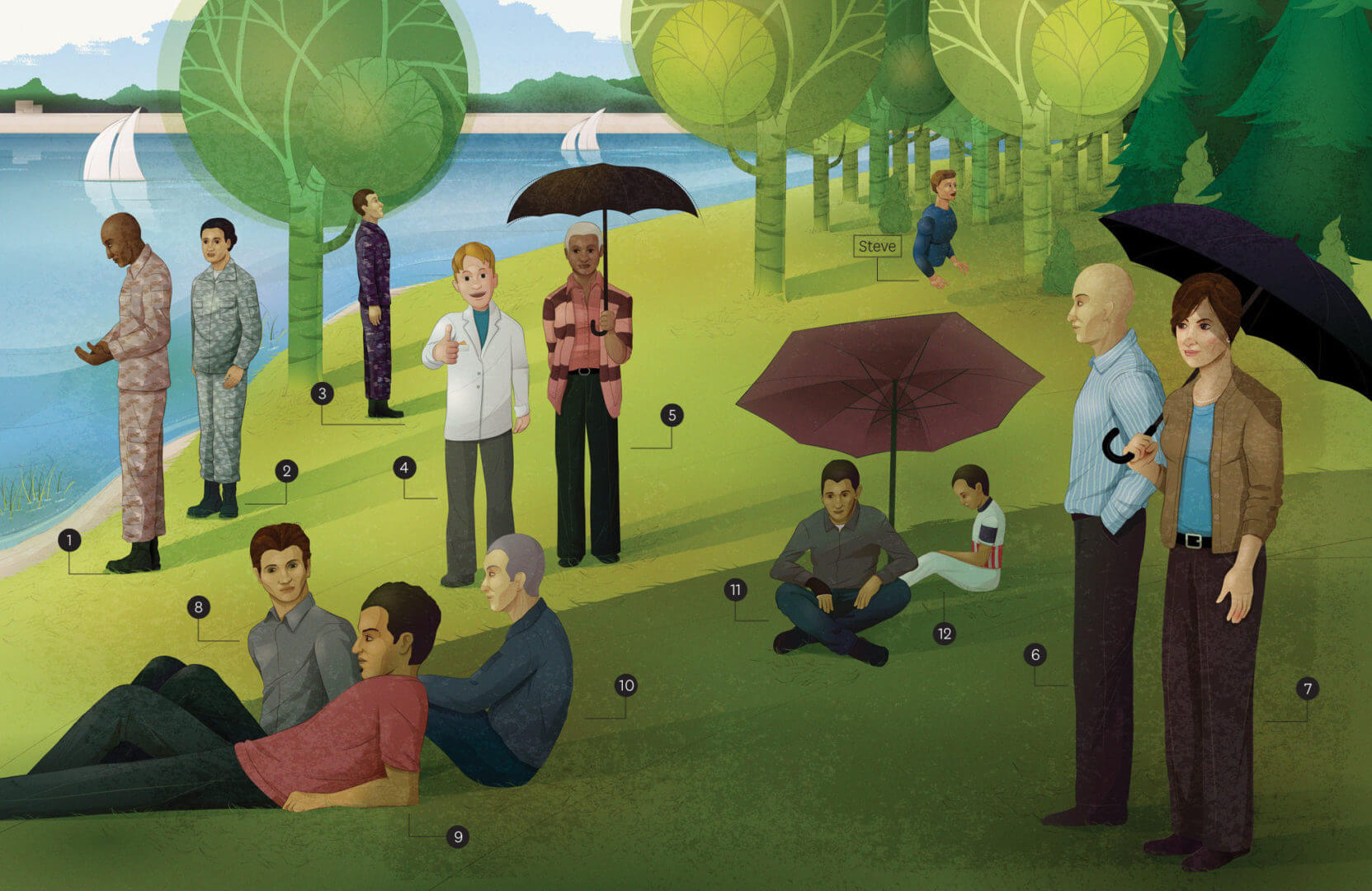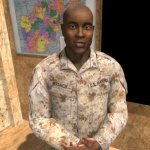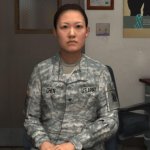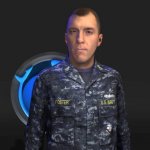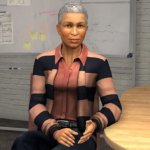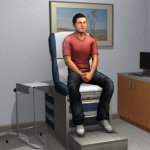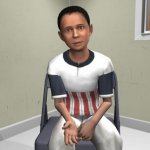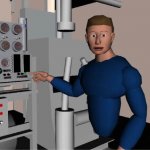A Body of Work: Meet ICT’s Virtual Humans
In 2001, USC Viterbi computer science faculty members Jonathan Gratch, Randall Hill Jr. and Bill Swartout — all members of USC’s Institute for Creative Technologies (ICT) — presented “Steve Goes to Bosnia: Towards a New Generation of Virtual Humans for Interactive Experiences” at a symposium on artificial intelligence.
The paper, written with then-ISI colleagues Jeff Rickel and Stacy Marsella, envisioned the development of virtual humans: computer-generated characters that look and act like real people and can understand, gesture, reason and exhibit emotion in order to serve as guides, mentors and teammates. At the time, the researchers called their goal ambitious. Nearly 15 years later, we introduce you to Steve’s progeny, virtual humans whose impact today is very real.
Branch is a virtual battle buddy enlisted to help reduce incidences of post-traumatic stress. He serves as a mentor in STRIVE (Stress Resilience in Virtual Environments), an ICT initiative developed with Army and Navy support. STRIVE uses virtual reality to put users in the middle of realistic combat situations. At pivotal moments, Branch appears and provides instruction on the physical and emotional impacts of stress, along with relevant exercises and coping strategies.
Jessica, a young Army specialist, wants a transfer because a male colleague’s comments make her uncomfortable. As part of the Army’s Emergent Leader Immersive Training Environment (ELITE), soldiers hone their basic counseling skills through practice with virtual humans like Jessica. Other scenarios address substance abuse, financial problems and post-deployment readjustment. A built-in tutoring system provides feedback and assessment, with the goal of strengthening interpersonal communication skills for future Army leaders.
Think of Foster as the face of the future. He serves as a mentor and guide for Project BlueShark, ICT’s forward-looking collaboration with the Office of Naval Research that explores how we’ll collaborate and communicate 20 years from now. This virtual wingman guides participants through virtual and augmented reality experiences that are in the lab today but predicted to be part of our lives soon.
A National Science Foundation-funded collaboration between ICT and the Museum of Science, Boston, Coach Mike was designed to be an enthusiastic proponent for STEM education as he helped museumgoers learn basic programming skills with a robot. He also demonstrates the value of virtual coaches. An evaluation found that visitors stayed longer and agreed to take on more challenges when he was activated. Rather than trying to look like a realistic person, Coach Mike has the distinction of being ICT’s first cartoon-style virtual human.
Barbara can appear nice, lobbing easy-to-answer questions to a job hopeful. But with a click of a mouse, she can become a candidate’s worst nightmare. That variability is by design. As part of VITA, the Vocational Interview Training Agents project, a partnership between ICT and the Dan Marino Foundation, Barbara simulates different personality types — nice, neutral or aggressive — to help young adults with autism and other developmental disabilities practice and improve their job interview skills.
A collaboration between the ICT Graphics Lab and Activision R&D, Digital Ira is a photo-real replica of a face (ICT’s Ari Shapiro’s, in fact) that can be rendered in real time on a laptop — an advance that means video games can now display movie-like graphics. “If you say something looks like a video game character, today that means low-res and not realistic,” said ICT’s Chief Visual Officer Paul Debevec. “That’s all about to change.”
Ellie is one of ICT’s most evolved virtual humans. She can read and react to human emotion by sensing smiles, frowns, shifts in gaze and more. She has interviewed more than 500 people as part of ICT’s SimSensei project, a DARPA-funded effort to help identify people with depression and post-traumatic stress disorder (PTSD). It turns out Ellie is good at her job: A recent study found that people were willing to reveal more to her than to a real person.
Brad is a social scientist of sorts. ICT and USC Marshall School of Business researchers enlist him for studies rather than using human interviewers. They can change his accent, his ethnicity, his personality and more, and then have him engage with real people in negotiations and other simulated social interactions. Consistent and cost-effective, the results from several studies show that how we treat virtual characters like Brad reveals much about how we treat one another.
Javier is not feeling well. It is up to the medical student assessing him to ask the right questions and pick up on the hints that will reveal what ails him. Part of USC Standard Patient, a collaboration between ICT and the Keck School of Medicine at USC, Javier allows future clinicians to practice their interview and diagnostic skills online. Medical professionals can easily program him and his many companions with unlimited conditions. He’s a model patient, indeed.
Bill Ford is a Vietnam vet who suffered from post-traumatic stress and now helps others by answering questions and providing support, including ways to connect with care providers. Built with funding from U.S. Defense Centers of Excellence for Psychological Health and Traumatic Brain Injury to provide anonymous access to information, ICT’s first online virtual human platform has become a flexible system for conducting assessments and delivering online content with a personal touch.
Mike, a veteran suffering from PTSD, receives counseling from graduate students at the USC School of Social Work. Developed by ICT and the USC Center for Innovation and Research on Veterans and Military Families, Mike provides classroom-based practice for future social workers in addressing the specific needs of service members, veterans and their families.
Interviewing abused children can be difficult, even for seasoned professionals. Eight-year-old Julian, developed by ICT and the USC Gould School of Law, provides a way to practice asking the right questions in the right ways. Social workers, victim advocates, and legal and law enforcement professionals have interacted with Julian as part of an e-learning course on child interviewing techniques. Those asking open-ended questions—as recommended by a child-interviewing protocol—are rewarded with fuller answers than those asking close-ended, yes-or-no questions. ICT’s Web-based platform will soon allow non-computer scientists to program new questions and answers on their own.
Steve




